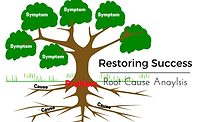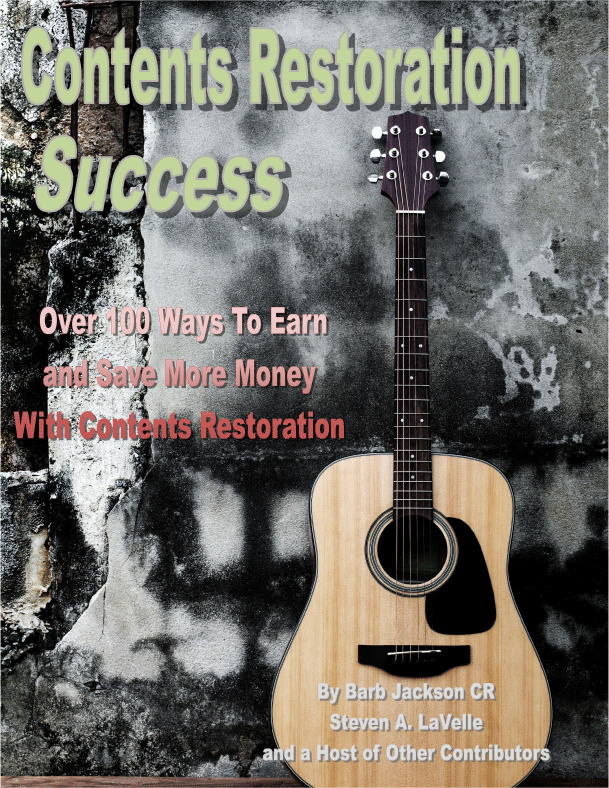Restoring Success: Stop the Email Madness!
If you have more than 20 emails in your inbox, READ THIS!

I realized I had a problem. Then, I realized that I was not alone and that many restorers have a problem. Some of us may be categorized as email hoarders, some of us may not be able to keep up with the high volume of emails that are pouring in daily, and some of us may be a little disorganized.
I have admired one of my co-worker’s daily work habits for years. He is a Senior Project Manager and has been in the restoration industry for over 16 years. He manages a high volume of work with consistently high-quality results. He leaves work every day with no more than two emails in his in box.
In a leadership meeting, we were discussing the importance of constantly growing and fostering the development of a variety of skills, including efficient work habits. As I used the example of the Senior PM’s email management skills, I asked the question, “How many emails are in your in box?” I got a lot of “deer in headlight” looks. “How much time do we waste and stress that we cause ourselves because of bad email management?” I then offered him up for training and advice.
I started asking around and inspiring many around me to improve their email management skills. I reported to the Sr. PM my findings about poor email management skills running rampant except for one other person who also had a “clean” in box. His response to me was, “I am glad he is managing them the way that I trained him.” Trained him? Brilliant! In all my years of on-boarding and training, I have not trained anyone on how to manage their emails or prepare them for the types of emails they will get. I have trained on etiquette, the writing, font, all types of email communication lessons; but never on how to manage it.
As I sat staring at my in box, with way too many emails, I didn’t know what to do next and I felt anxiety that I may have missed something important. I took my own advice, I called my co-worker, and asked for help. Some of his tips:
- The in box is only for things that you must do (require you to respond or take action). It’s a To Do Box. This allows you to focus and challenge yourself to get things done.
- Have an organized filing system. As you get emails, it either gets filed, deleted, or stays in the in box until it is done.
- Create folders based on your duties and what is intuitive to you for fast filing. (You can still use the search features within folders)
- Deleted email box is not a filing system. (LOL!)
- Unsubscribe to unwanted and unneeded “junk mail”. Taking the time to unsubscribe will reduce the volume of email.
- If you have hundreds or thousands (you know who you are and you are not alone), it may be overwhelming to get a fresh start. Make a new folder and move them all into it, name it saved in box, in box2, or whatever feels right and get a fresh start. Make sure you move back any “to do” emails.
Why is this an important for us to consider?
- We can save time.
- We can reduce stress.
- Honoring our commitments and reputation. The more organized we are; the less likely emails will slip through the cracks.
- Internally, there is nothing more frustrating when a co-worker does not answer an email. Even if inadvertently, unanswered emails can become an issue of trust in the workplace and hurt relationships.
- Customers and those we serve, expect and deserve responsiveness. An unanswered email can have a major impact on a customer’s overall experience with the organization.
I have adopted a new way of email life and as a recovering hoarder which stemmed from a combination of micro-managing tendencies mixed with the “what if I need it” rationale, I can say that I feel fantastic from this little tweak and discipline added to my daily work habits. One tip for anyone who is ready for an email management makeover is to find a friend. Either someone who will also work on a clean-up or someone who is good at it.
Cheers to a clean in box and happy restoring success.
Looking for a reprint of this article?
From high-res PDFs to custom plaques, order your copy today!







